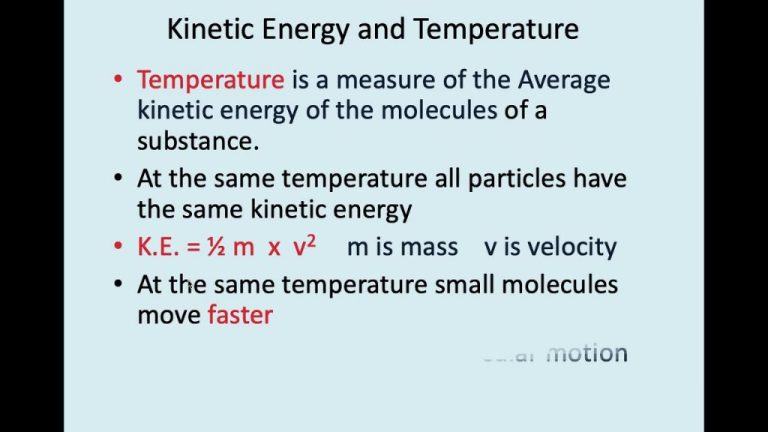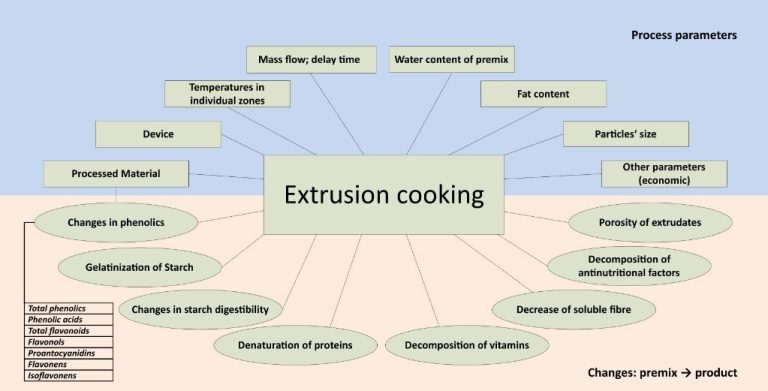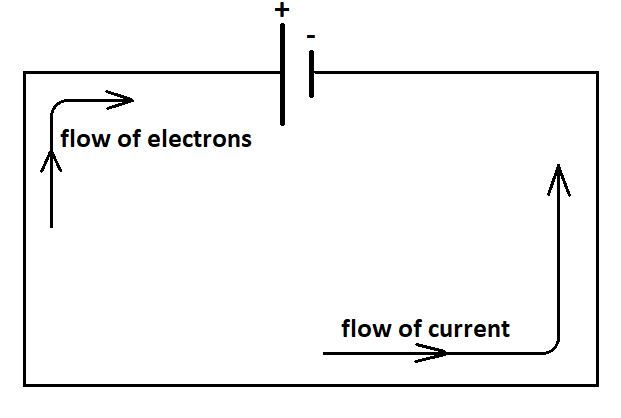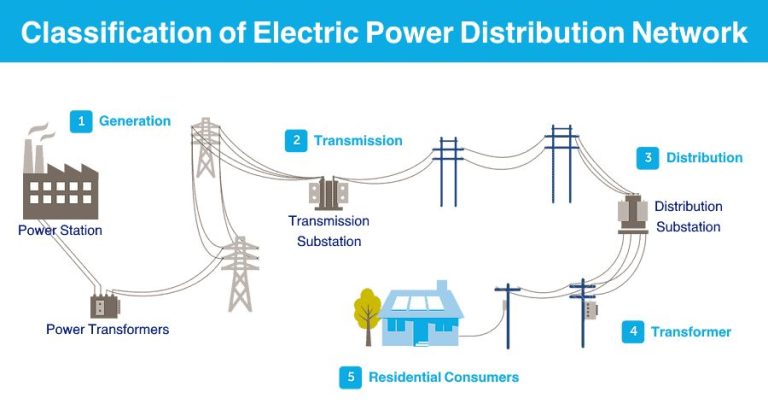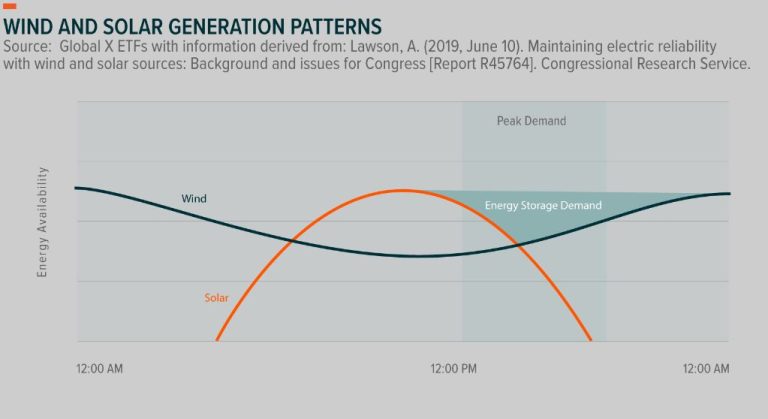Why Can’T We Use Magnets For Energy?
The idea of using magnets to produce limitless, free energy is an alluring concept. In today’s world of ever-increasing energy costs, the notion that we could tap into a source of unlimited, renewable power without any environmental impact seems almost too good to be true.
Yet the principles of physics tell us perpetual motion machines are impossible. So why do ideas for magnet motors still persist? This article will examine the scientific realities around magnets and motion, the concepts behind magnet motor designs, the efficiency issues they face, and why magnet motors cannot deliver the overunity results some claim.
We’ll also look at how magnet motor investment scams operate, and why scientists remain highly skeptical of anyone claiming to have cracked the code of free energy through magnets. By the end, you’ll understand the truth about using magnets for energy.
How Magnets Work
Magnets work by producing magnetic fields. Magnetic fields are areas surrounding a magnet where magnetic force is exerted. This magnetic force is invisible but can be felt when two magnets are brought close together.
Inside each magnet is a network of tiny individual magnets called magnetic domains that are aligned so their tiny magnetic fields all point in the same direction. The overall magnetic field of a magnet is the combination of all the tiny magnetic fields of the aligned magnetic domains.
When you bring two magnets near each other, their magnetic fields interact. The magnetic fields combine where they overlap. If the magnetic fields oppose each other, the magnets will push apart. If the magnetic fields align with each other, the magnets will pull together.
Magnetic flux refers to the quantity of magnetism or magnetic field in a given area. A higher magnetic flux indicates a stronger magnetic field in that region of space.
Magnetic Force Explained
Magnets exert invisible forces of attraction and repulsion on other magnets and magnetic materials. These forces are caused by the motion of tiny charged particles within the magnet called electrons. Electrons have a property called spin that causes each one to act like a tiny magnet itself. In unmagnetized materials, the spins of electrons point in random directions and their tiny magnetic fields cancel each other out. But in magnetized materials, the majority of electron spins align in the same direction, adding up to produce a large magnetic field.
The end of a magnet where the spins align is called a magnetic pole. Opposite poles attract, while like poles repel each other. So when the north pole of one magnet comes near the south pole of another, the electrons in the south pole have spins aligned opposite to the north pole electrons. This allows their magnetic fields to pull together and the magnets attract. Bring two north poles close together, and the aligned electron spins cause their magnetic fields to push apart, repelling the magnets.
These attraction and repulsion forces get stronger as the magnets get closer. The pull can become so strong that magnets snap together from a distance. Engineers harness these powerful magnetic forces in many practical applications, from fastening devices to generators and motors.
Perpetual Motion Impossibility
The idea of using magnets to create limitless, free energy unfortunately goes against the laws of physics, specifically the laws of thermodynamics. The first law states that energy cannot be created or destroyed, only transformed from one form to another. This means a magnetic motor cannot produce more energy than is put into the system initially. The second law of thermodynamics states that in any closed system, the amount of usable energy will always decrease over time. Some energy is always lost as heat due to friction and resistance. These scientific laws make perpetual motion machines that can generate unlimited free energy impossible.
While magnets can produce force and motion, they cannot do so indefinitely without an external power source. The energy that drives a magnetic motor must come from somewhere, whether a battery, mechanical force, or some other input. The motor may be able to harness and transform this initial energy, but it cannot create energy on its own. No matter how strongly magnets repel or attract each other, the most they can do is convert energy from one form to another. Claims that magnets can provide unlimited, free energy simply violate the fundamental laws of physics.
Magnet Motor Concepts
The basic premise behind magnet motors is that magnets can be arranged in a way that creates a perpetual spinning motion, and this motion can then be harnessed to generate electricity. Some common proposed setups include:
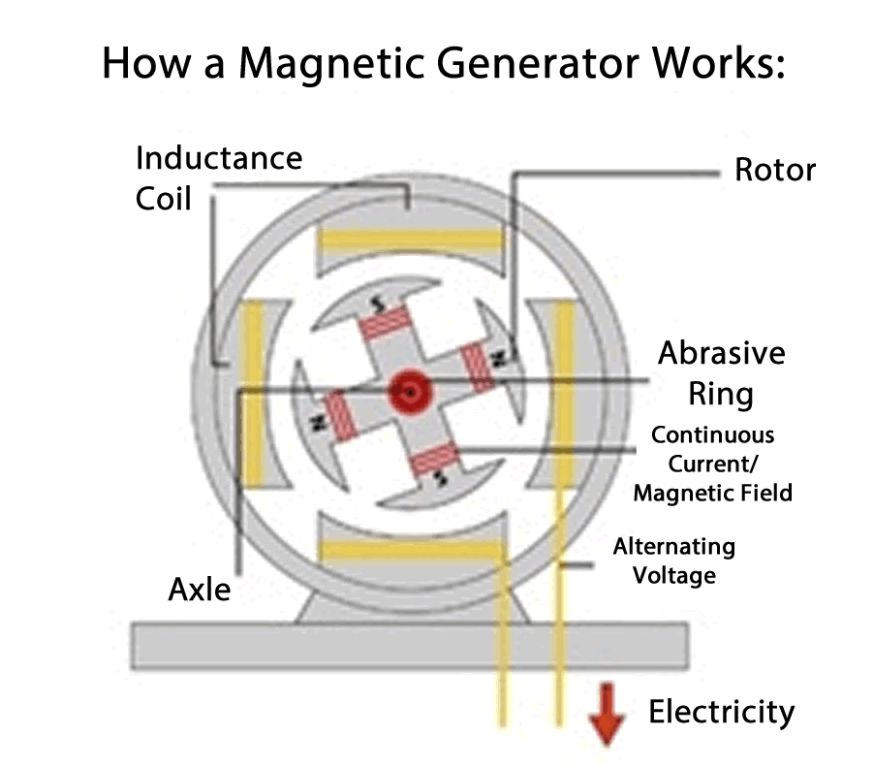
– Ring magnets arranged on a rotor that spins within a stator containing electromagnets or permanent magnets. The magnetic fields are supposed to interact in a way that causes continuous rotation.
– Linear motors involving magnets on a track that slide back and forth, with coils used to induce currents during the magnet’s motion. Again, proponents claim the magnets can slide indefinitely.
– Shielding magnets on one side of the rotor so their repulsive force mainly acts on one side, intended to create asymmetric forces that lead to rotation. Various configurations and pole alignments are suggested.
– Rotating spherical magnets suspended magnetically where the upper and lower magnets repel each other, leading to levitation and rotation from magnetic moments.
– Magnet and coil assemblies where a magnet passing by a coil is supposed to induce enough current to perpetually flip the next coil’s polarity and keep the magnet moving.
In most cases, extra energy is claimed to come from aligning the magnetic poles in a way that nature tends toward, harnessing the intrinsic force of the magnets. The devices are often proposed to be “overunity” devices, outputting more energy than is put into the system.
Efficiency Issues
When evaluating any energy generation system, a key consideration is efficiency – how much useful energy you can get out relative to what you put in. With magnet motors, there are inherently limits to efficiency due to laws of thermodynamics.
The output energy of a system can never exceed its input energy without an external power source. Some of the input energy will always be lost as heat and friction. In a magnet motor, energy is put in in the form of magnetic forces between magnets, as they push or repel against each other. This magnetic force does work to spin a rotor. But there are energy losses in the bearings, air resistance, vibration, eddy currents in metal components, and so on. As a result, the energy coming out as rotational kinetic energy of the shaft can never exceed the magnetic energy put into the system.
Claims of magnet motors producing more energy than is put in, or running indefinitely in a “perpetual motion” state, would clearly violate the laws of thermodynamics. Such a 100%+ efficiency is not scientifically possible. Physical systems cannot create or destroy energy, only convert it from one form to another. So magnet motors cannot magically generate free energy or “overunity” output.
While magnet motor efficiency is limited, innovative design improvements could potentially increase it significantly. But revolutionary new physics would be needed for a magnet motor to exceed 100% efficiency. Mainstream physics indicates this is impossible, so skepticism is warranted toward any overunity or free energy claims unless accompanied by rigorous independent verification.
Overunity Claims
Over the years, numerous devices have popped up claiming to tap into “free energy” by harnessing magnetic fields. Often called “overunity” devices, they promise to create more energy than required to operate them, violating the laws of thermodynamics.
A common example is the magnetic motor, which uses magnets and coils to continuously rotate and power itself. Inventors claim that once started, the motor will run indefinitely without an external power source. However, this is scientifically impossible due to losses from friction and inductance.
Another supposed overunity device is the magnetic generator, which claims to light bulbs and power circuits using only magnets. But in reality, even large, powerful magnets cannot induce enough electricity to power meaningful loads.
Proponents of overunity devices often fail to account for all energy inputs and losses. They also frequently exaggerate or misrepresent the output power, failing under rigorous testing. These ideas may seem to work in the short-term but always stop working over longer periods.
While tantalizing, the idea of getting something for nothing goes against our understanding of physics. Legitimate experts remain highly skeptical of any overunity or “free energy” magnetic devices.
Scientific Skepticism
Many scientists are highly skeptical of the idea that magnet motors can produce unlimited free energy, as this would violate well-established laws of physics. The first and second laws of thermodynamics constrain what is possible in terms of extracting net energy from a closed system over time. While magnets do contain stored potential energy in their magnetic field, this is not an infinite resource. According to the principle of conservation of energy, the total amount of energy in a closed system remains fixed, though it can transform from one state to another. New energy cannot spontaneously arise without an equal loss occurring elsewhere.
Scientists argue that so-called “overunity” devices are at odds with these foundational physical principles that have been repeatedly validated. Claims of motors producing more energy than is put into them are viewed as pseudoscientific perpetual motion claims that have not been rigorously proven. Extraordinary claims require extraordinary evidence, yet magnet motor proponents have not convincingly satisfied the scientific community’s burden of proof for upending well-established physics. While the quest for clean unlimited energy is noble, scientists maintain skepticism about purported breakthroughs unless they are demonstrated conclusively in accordance with the scientific method and peer review.
Investment Scams
While the idea of generating endless clean energy from magnets is enticing, unfortunately many con artists have taken advantage of people’s hopes by promoting fraudulent investments in non-existent “magnet motor” technologies. Here are some warning signs and examples of magnet motor investment scams to watch out for:
Asking for money upfront: Scammers may ask for lump sums of cash upfront to develop a magnet motor prototype before providing any proof of concept. Reputable investments don’t require large payments before the technology is realized.
Claims of “suppressed” inventions: Fraudsters sometimes claim big oil companies, governments or other shadowy forces are suppressing their magnetic device. This allows them to justify why the technology can’t be examined or tested.
Exaggerated capabilities: If a magnetic device is claimed to power a house, factory or vehicle indefinitely, it’s safe to be skeptical. These go against what physics allows for magnetic systems.
No working prototypes: Ask to see a working prototype of a magnet motor. If one can’t be produced, that’s a red flag it may not actually exist as claimed.
No outside evaluations: Legitimate technologies will have data and evaluations from independent engineering firms. The lack of any outside assessment is a sign investors are being misled.
By being aware of these warning signs, you can avoid losing money in fraudulent magnet motor schemes that overpromise but never deliver. Devices that violate the laws of physics unfortunately only exist in the minds of scammers, not as real products.
Conclusion
In summary, while magnets contain inherent forces that allow them to attract and repel each other, this magnetic potential energy unfortunately cannot be harnessed to produce unlimited, perpetual energy. The laws of thermodynamics show that perpetual motion machines are impossible, as some input of energy is always required to generate power output. Though inventors have created many imaginative magnet motor concepts over the years attempting to produce overunity effects, these devices inevitably fail and are unable to operate with greater than 100% efficiency.
Scientists remain highly skeptical of any claims that magnets can provide limitless clean energy, as these violate well-established physics. However, magnets will likely continue playing an important role in various energy technologies, particularly in generators and motors, just not as a magical unlimited source of free energy. As we look to the future, the focus should remain on proven renewable energy solutions with real potential, rather than far-fetched magnetic motor panaceas.
While magnetism holds intrinsic potential energy, perpetual motion is impossible according to the laws of physics. Therefore, while magnets have many productive uses in various technologies, unethical inventors tout false overunity magnetic motors, attempting to profit from investors seeking clean unlimited energy. Moving forward, society should remain realistic yet open-minded in the search for novel power sources, while steering clear of unsupported magnetic motor claims.


